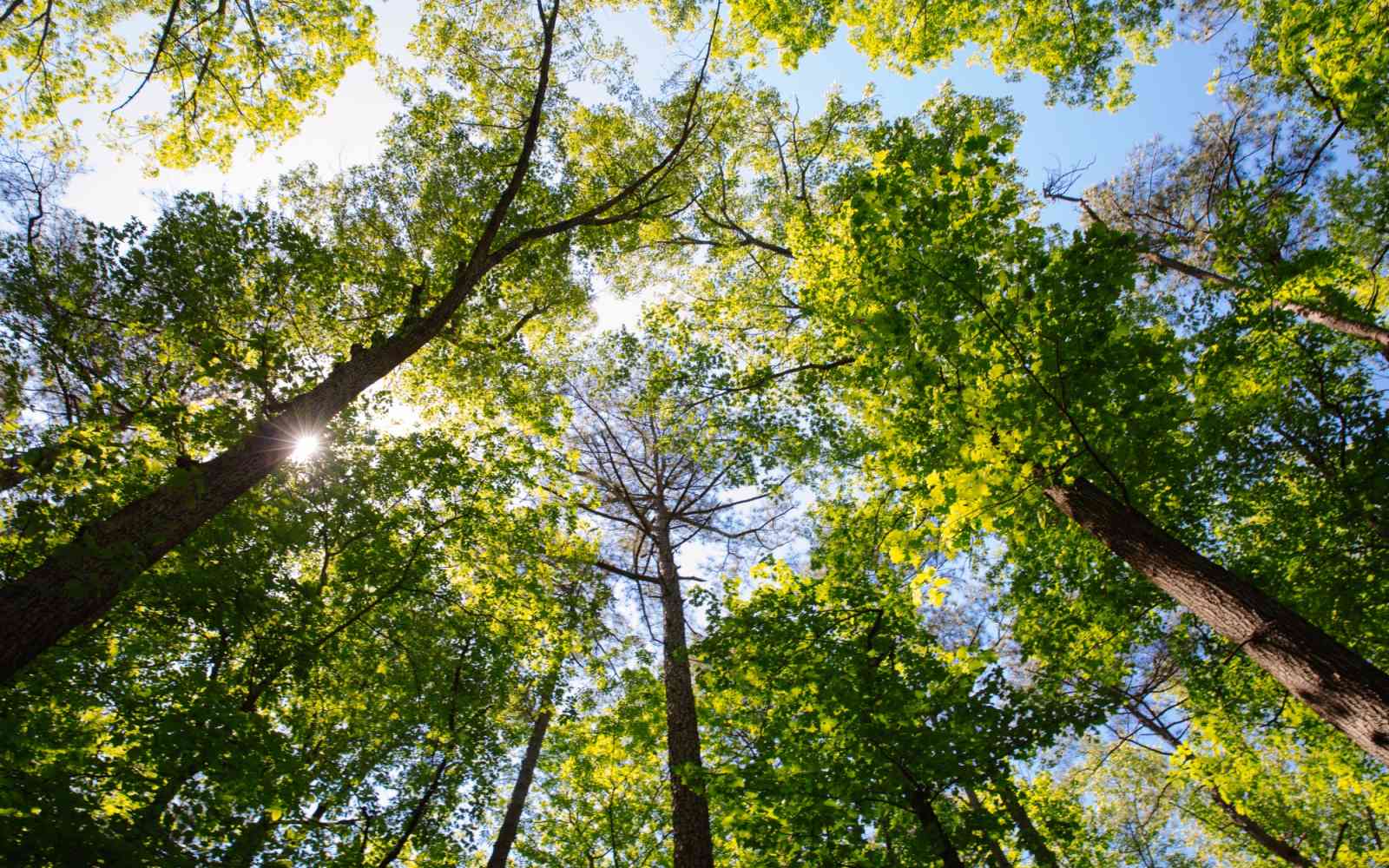The United Nations Office for Project Services (UNOPS)
COP26: Putting resilient infrastructure on the climate agenda

UNOPS hosted a high-level panel session at The New York Times Climate Hub, on the sidelines of the 26th United Nations Climate Change Conference (COP26) in Glasgow.
The session – ‘Tacking the climate crisis: what role for infrastructure?’ – brought together a distinguished panel of leaders and experts from around the world. Moderated by three-time Pulitzer Prize winner and columnist for The New York Times, Thomas Friedman, discussions focused on how we can think, plan and act to build equity and resilience into tomorrow’s infrastructure.
“When we look for solutions, it’s not about yesterday. It’s how we can take the right steps forward,” said UNOPS Executive Director Grete Faremo. She highlighted the stark findings of a new report that showed that infrastructure is responsible for 79 per cent of all greenhouse gas emissions and 88 per cent of all adaptation costs.
How we use these investments locks in our ability to reach a net zero society. So we call for a new way of working – [ensuring] integrated planning and design are done right from the start.
Joining Ms. Faremo on the panel was the President of the African Development Bank, Dr. Akinwumi Adesina; former Australian Prime Minister and Chair of the Wellcome Trust, Julia Gillard; and the World Bank’s Managing Director of Development Policy and Partnerships, Mari Elka Pangestu. The invite-only event was attended by policymakers, infrastructure and climate experts and decision shapers. Members of the audience engaged with the panel, further enriching the conversation.
Speaking to the challenges of climate change around the world, Dr. Akinwumi Adesina emphasized the fact that countries are at very different stages of development. For many, the issue is still the development of simple systems for access to basic services – which is under great threat from climate change.
“Losses for Africa are immense. We lose 7 to 15 billion [dollars] a year right now because of climate change. If that doesn’t change in terms of having adaptation, that’s going to grow to roughly 50 billion [dollars] by 2040,” said Dr. Adesina.
Building on Dr. Adesina’s observations, Ms. Gillard said: “This is too complex a world for an either/or strategy. We’re obviously living through a huge global shock with the pandemic [...] One of the things I think our world did is that it steadied generally behind science.
“In the analogy with climate, we’ve got to steady again behind the science and recognize that we’ve got to […] make a difference in as many ways as possible, given the size of the problem,” added Ms. Gillard.


Ms. Pangestu from the World Bank agreed. “It’s not either adaptation, resilience or mitigation. It’s all – and they’re related [...] It is about getting the investments right and in the most effective places,” she said.
Closing the session, Dr. Adesina said: “The reason we walk is because we’ve got column vertebrae that allow us to do that. That’s what infrastructure is. If you have good infrastructure, your economy works. If you have better infrastructure that’s green, it’s much better."
“We need to invest a lot more in infrastructure,” said Dr. Adesina, referring to it as the backbone of economies.
Created by UNOPS, in partnership with the New York Times, the session was held as part of a broad range of events and activities that UNOPS is participating in throughout COP26. Further details will be published soon.










